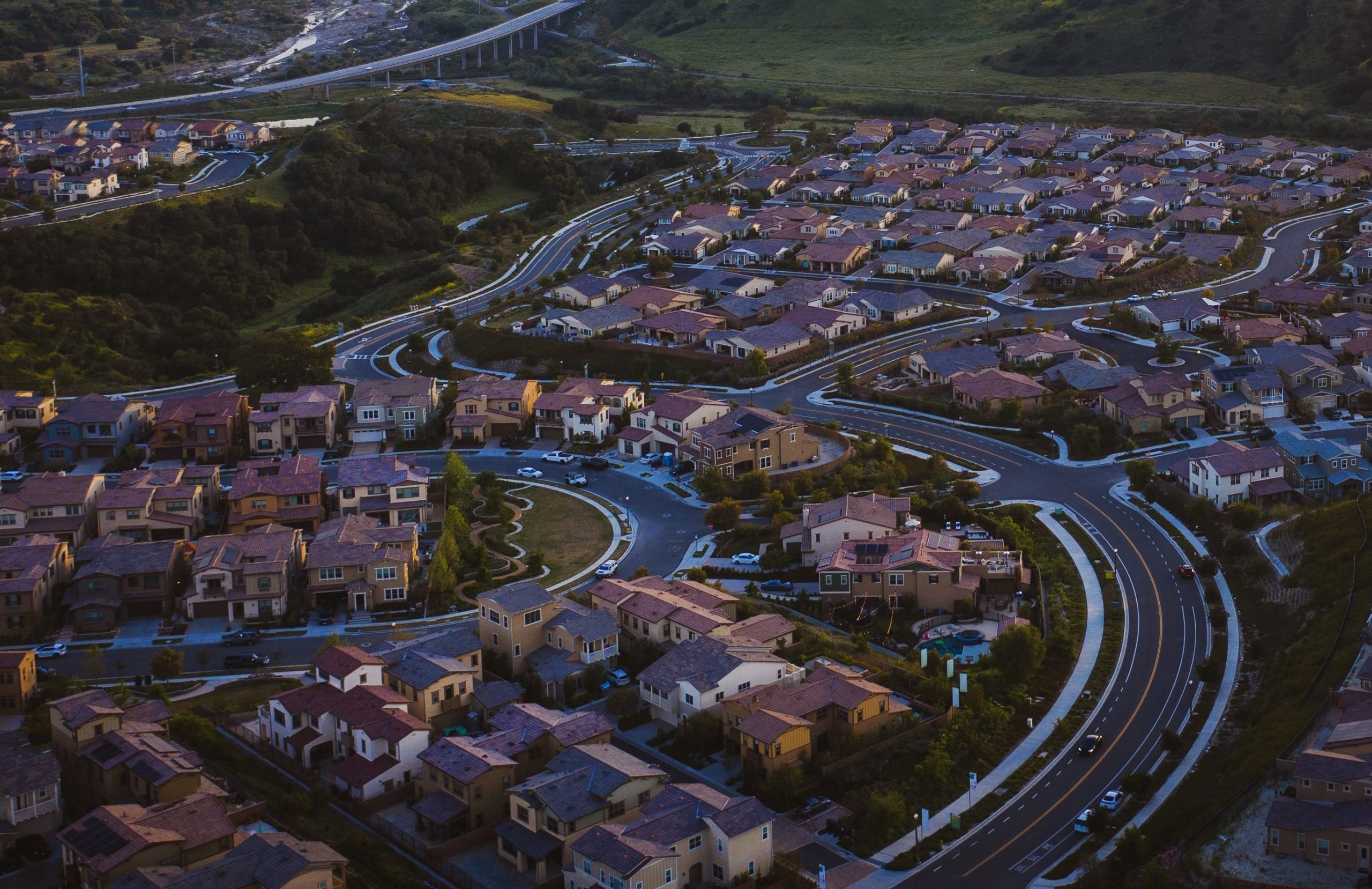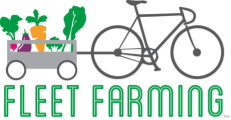Urban Sprawl is defined as “the rapid expansion of the geographic extent of cities and towns, often characterized by low-density residential housing, single-use zoning, and increased reliance on the private automobile for transportation.”1 After World War II, the federal highway system was created and the Federal Housing Administration’s long-term housing construction and loans insurance program helped to promote urban sprawl.2 Then, the availability of trucking for freight transportation allowed for a manufacturing movement away from cities.2 Between the 1950s and 70s, the middle class left their cities for the suburbs -contributing to the disintegration of older cities, by the 80s, whose municipal governments could not fund services for their residents after the amount of tax collected shrunk, with businesses and wealthier families leaving.2 The suburbs were more aesthetically pleasing, and the land was “relatively inexpensive”1, and “some citizens moved to the suburbs to enjoy a lifestyle that was ostensibly closer to nature.”1
Urban Sprawl and Its Connection to Urban Agriculture

